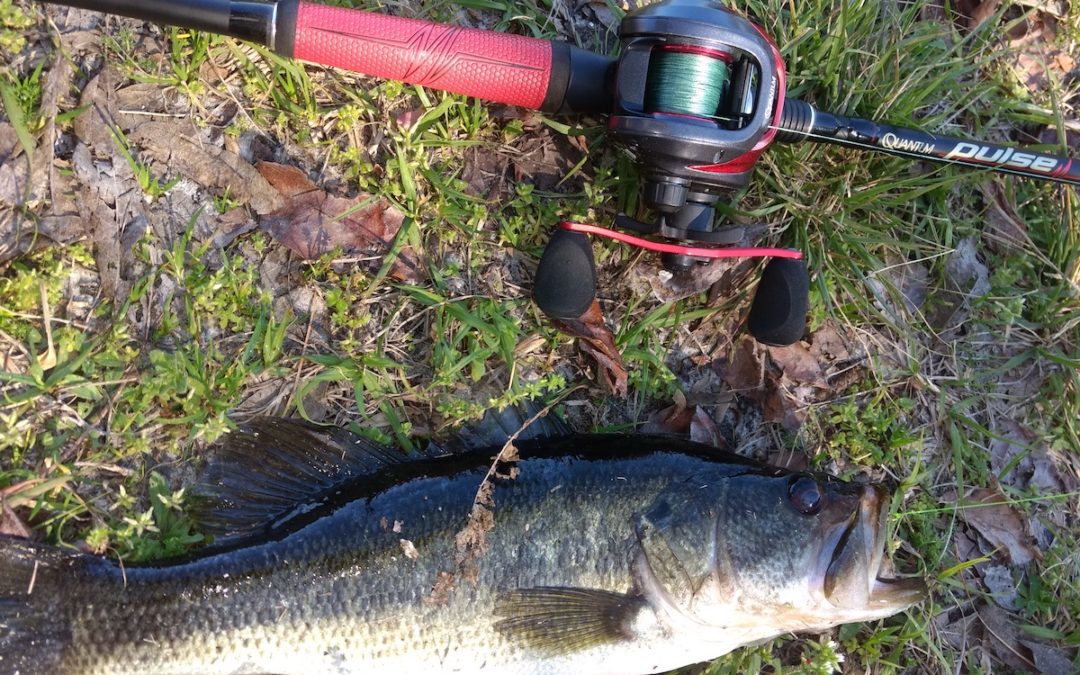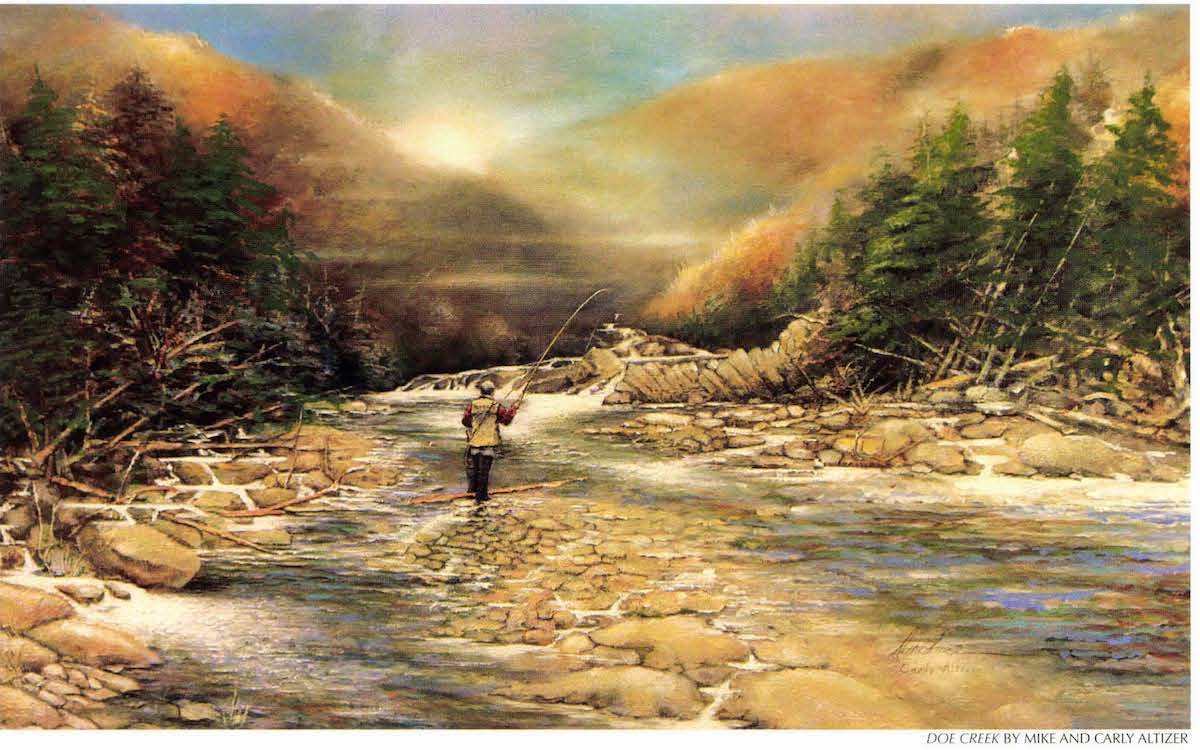You don’t need the powers of “The Force” to learn how to throw a baitcaster. Here are a few helpful tips if you want to start baitcasting.
An idiot fishing buddy of my acquaintance claims that you aren’t really a man if you haven’t learned how to throw a baitcasting reel, and I’ve even seen memes echoing that on social media. If that is true, my brethren, then I have only recently joined the cult of manhood.
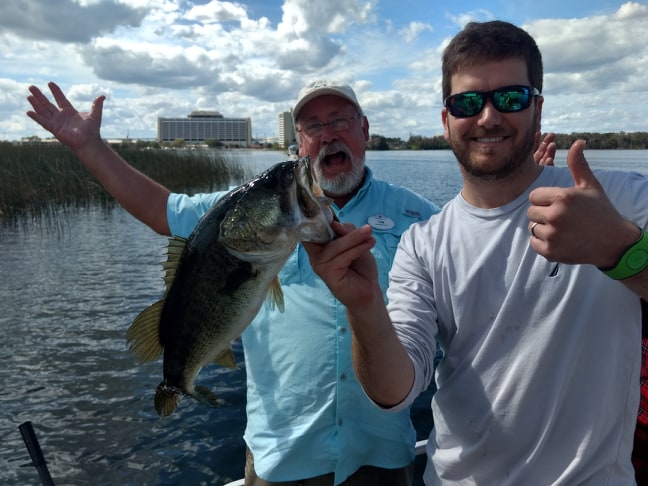
“You aren’t really a man if you haven’t learned how to throw a baitcasting reel.”
Like many freshwater guys, I grew up pitching Zebcos in farm ponds and blackwater river swamps, and tossing “open face” spinning reels to wrestle up catfish in the Santee Cooper lakes. It was a happy and blissfully ignorant childhood that lasted until my 47th birthday when my well-meaning wife went out and surprised me with an expensive, state-of-the-art Quantum baitcaster rod-and-reel combo.
The problem? I quickly realized I had no idea what to do with this thing. This gizmo had more knobs and gears than my new Ford truck. Birds would follow me around, hoping to take up habitat in one of the many duplex “bird nest” tangles that I instantly and inevitably created. Rambunctious children would trail me around the fishing banks, hoping to learn new swear words. For months, I just hung it up in the boathouse for decoration until the Mrs. reminded me that she had dropped more than a C-note on that sucker and I had better get to baitcasting, or else.
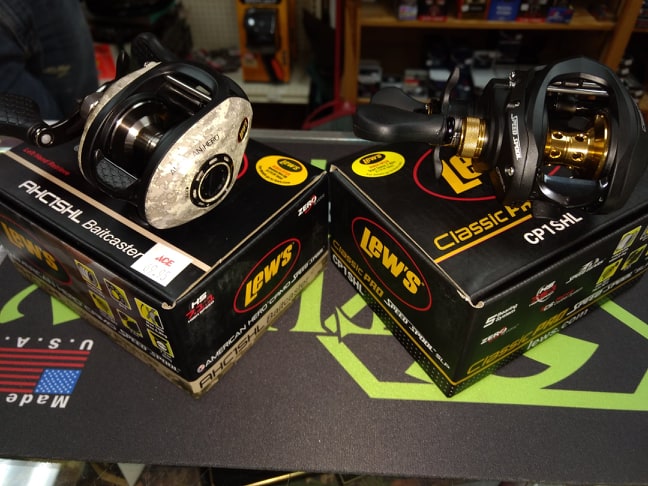
Adding a baitcaster to your equipment inventory will truly add a powerful weapon to your fishing arsenal.
So I swallowed my pride, did a little research on the internet and even reached out to a couple of wiser, more experienced anglers for hands-on pointers and advice. Teach me the ways of the light saber, Obi-Wan Kenobi, oh Jedi Master. The Force is weak in this one. I even asked one of the Jedi bassmasters to help me properly spool and calibrate the Quantum, and while it didn’t happen overnight, I’m proud to say that I am throwing a baitcaster on almost every fishing trip and the birds are finding shelter elsewhere. So, if I can do it, you can do it.
Is a Baitcaster Right for You?
Adding a baitcaster to your equipment inventory will truly add a powerful weapon to your fishing arsenal. But before you make the investment in time and money, you should first consider if and when a baitcaster is right for you. Consider the species and the task at hand. If you are strictly a bream or crappie guy, you might want to stick to your old standbys, and there is absolutely nothing wrong with that.
But for larger species, there are several advantages to throwing a baitcaster, including lure-casting distance, accuracy with lighter lures and even the enhanced ability to retrieve lures that require a certain presentation, like a jerking motion. Baitcasters can also handle thicker diameter line better than spinning reels, and can typically apply more drag pressure, giving an angler more torque and power to wrestle a largemouth “hawg” out of weed beds and other cover.
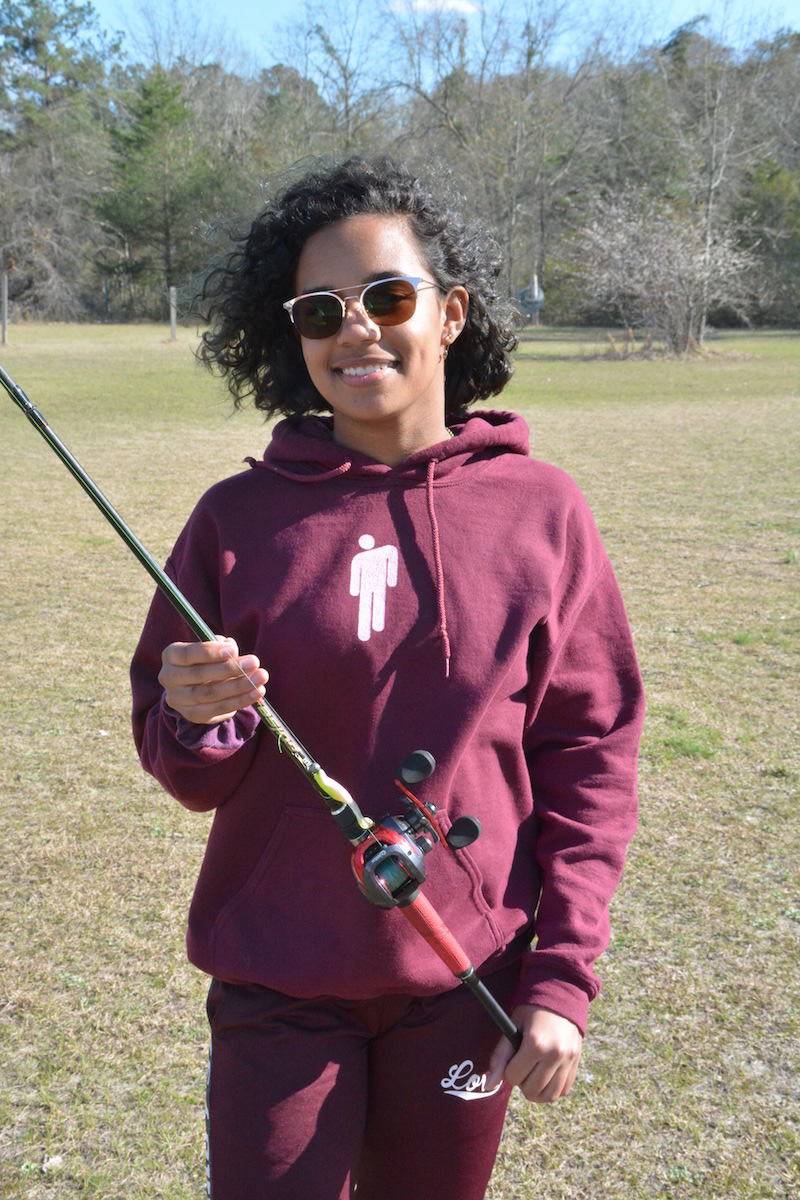
“Practice, practice, practice,” all the baitcaster masters told this young apprentice.
The Baitcasting Learning Curve
“Practice, practice, practice,” all the baitcasting masters told this young apprentice. But there are a few steps to take before you get to that point.
Best advice of a fool? Invest in a quality brand and model baitcaster. A better reel equals more gears and a better braking system. Luckily, modern technology has made the baitcaster more user-friendly and almost idiot-proof. Do some internet research and talk to an experienced angler to ensure you invest in the baitcaster that is right for a beginner. I don’t feel comfortable recommending one brand over another, but I have had good experiences with Quantum, Abu Garcia and Piscifun. I would also recommend a 6.5- to 7-foot medium-heavy action rod. The longer the rod, the more leverage you have to whip out longer casts.
Now take this bit of advice with a grain of salt: with my limited experience, I would recommend a strong, braided line. While many anglers wiser and more experienced than I would probably stone me with lead weights in disagreement, I find that with a baitcaster braided line is easier to untangle and doesn’t have the spool “memory” of monofilament, meaning less backlash. But each to his own.
An important tip: a beginner should also start practicing with a heavier lure. Baitcasting tackle and lures less than a quarter ounce in weight are not ideal for rookies, but you can definitely work your way down as you learn.
Once you have brought your new baby home and showed her off to all your admiring and jealous friends, the best advice I can give you is have an experienced baitcasting angler who you trust spool it and calibrate it for you, then give you first-hand, hands-on casting tips. You will quickly learn that the spool-tension knob and the brake are your best friends, once you find the right balance between the two, and the thumb is your most important appendage.

With a baitcaster, the thumb is your most important appendage.
Another tip to get started: with about 12 to 16 inches of line dangling from the rod tip, adjust your spool-tension until your weighted lure slowly starts to descend to the ground during free-spool and fine tune the tension from there. Then set your brake at about 75 percent, and when casting, let the weight of the lure help you gain distance and the brake help you prevent backlash while maintaining constant thumb contact with the spool. With the right thumb pressure, you can stop your cast on a dime and drop your lure within inches of your target.
Once you are all set up, it’s just practice, practice and more practice. It will take scores of casts to get your thumb fully acquainted to the new tasks of controlling the line output and drag on the spool, but trust me, over time it will come. I like to get outside just a few minutes every day and practice my cast, aiming for both improved accuracy and greater distance each time. I often make it a competitive game with my kid who is learning to throw a Zebco push-button. Sometimes the kid wins, sometimes he lets me win.
One final piece of advice: do your baitcaster training away from the eyes and ears of your idiot fishing buddies until you fully master the technique, or you will never hear the end of it.
May The Force be with you!
 The brilliant fisherman, instructor, and public speaker Lefty Kreh is perhaps the best known, most respected, and most beloved angler in the world today. My Life Was This Big takes readers on an angling journey through the last half century, when water was big and fishermen were bigger. But, despite all that’s changed since the fifties, when Lefty began his career as a professional fly fisherman and writer, fishing is still just fishing.
The brilliant fisherman, instructor, and public speaker Lefty Kreh is perhaps the best known, most respected, and most beloved angler in the world today. My Life Was This Big takes readers on an angling journey through the last half century, when water was big and fishermen were bigger. But, despite all that’s changed since the fifties, when Lefty began his career as a professional fly fisherman and writer, fishing is still just fishing.
In My Life Was This Big, Lefty shares his tales of fishing expeditions with Fidel Castro and Ernest Hemingway, as well as solo battles with some of the scrappiest, most elusive fish in the world. Lefty also takes the reader through the development of his world-famous “Deceiver” fly style, and takes on the issue of conservation through catch-and-release. These timeless, often hilarious stories will put you in the boat with Lefty—and even teach you a thing or two about fly fishing along the way!
This is a glimpse into the heart and soul of Lefty Kreh—a man who has written for nearly every outdoor magazine in the United States; a man who has fished some of the remotest parts of the globe; and a man whose books and articles have taught thousands of people his techniques for hooking and landing more fish. For fans both young and old, these are Lefty’s stories. Buy Now

